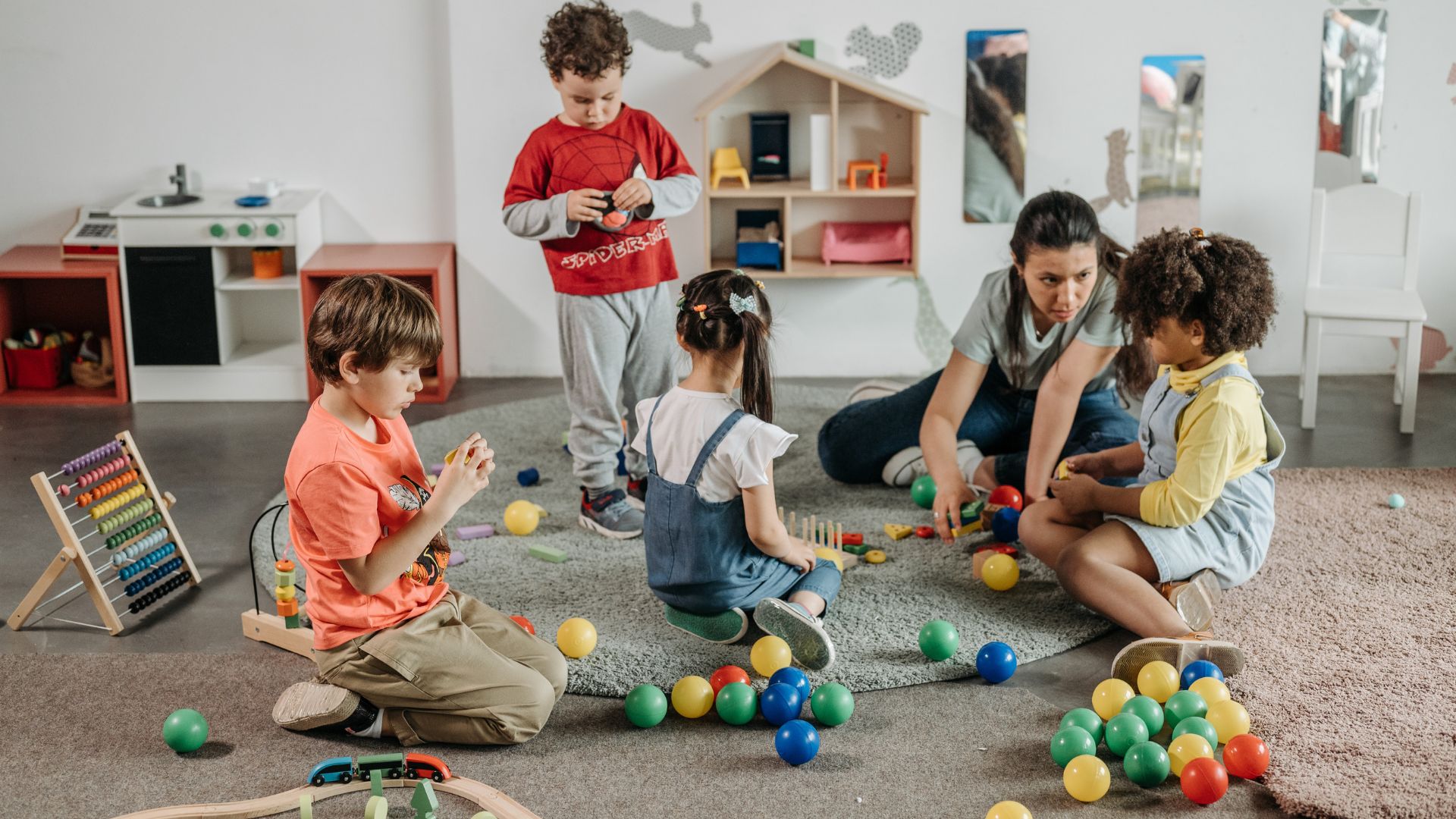
Let’s face it: screens are everywhere these days. From tablets to TVs, it can feel like a constant challenge to keep track of screen time for kids. While some screen time can be great for learning and social interaction, it’s important to manage it wisely. Here’s a simple guide to help you navigate your child’s screen use without losing your mind!
Did you know that too much screen time for kids can lead to a bunch of problems? When they spend too long in front of screens or are glued to low-quality content, it can result in:
Excessive screen time for kids before bed can disrupt their sleep patterns. The blue light emitted from screens interferes with melatonin production, making it harder for them to fall asleep and stay asleep.
Too much screen time for kids can also make it difficult for them to concentrate on their studies. This distraction may lead to lower grades and reduced participation in school activities.
If kids are glued to their screens, they may miss out on valuable quality time with family and friends. This can lead to feelings of isolation and hinder the development of important social skills.
Too much screen time for kids often means less time for playing outside or being active. This can lead to a sedentary lifestyle, which isn’t great for their overall health.
There’s evidence that excessive screen time for kids can contribute to mood swings, anxiety, and even depression. They may feel more irritable or frustrated when they’re not plugged in.
Besides the cons, screen time for kids can be beneficial when used wisely.
Screen time can include educational games that make learning fun, turning subjects like language into exciting adventures.
Contrary to popular belief, screen time for kids can enhance socialization. Many online games promote teamwork and communication, helping kids develop vital social skills.
Digital resources like ebooks and language apps improve literacy. Screen time allows kids to explore diverse reading materials and connect with peers, fostering a love for reading.
Creative apps enable kids to express themselves artistically, from digital drawing to music creation, which encourages imaginative exploration without traditional limits.
Now, moving on to some practical advice! Here are five helpful suggestions to guide you in effectively managing screen time for kids. These tips will help you set boundaries while ensuring your little ones have a balanced and enriching experience with technology.
The American Academy of Pediatrics suggests that kids under 18 months should steer clear of screens, except for video chats. If you do decide to introduce digital media for those 18 to 24 months, make sure it’s high-quality content, and be there to engage with them while they watch.
For little ones aged 2 to 5, try to keep screen time to about an hour of quality programming each day. As your child grows, remember that there’s no one-size-fits-all solution. You’ll want to find what works best for your family and figure out what amount of media use feels right for you.
Here are some helpful suggestions for managing screen time for kids:
– Play Together: Engage with your child during screen time. Teach kindness and get to know their friends, both online and offline.
– Focus on Quality: What your child watches is just as important as how much they watch. Make sure the content is educational and engaging.
– Preview Content: Check out shows, games, and apps before letting your child use them. Resources like Common Sense Media can help you find age-appropriate options.
– Encourage Interaction: Look for games and apps that require your child to think and interact rather than just mindlessly swipe.
– Set Up Parental Controls: Use these tools to block inappropriate content and keep a close eye on your child’s activities.
– Regular Check-Ins: Ask your child about the games and shows they enjoyed throughout the day. This opens the door for conversations about their experiences.
As kids grow, it’s essential to establish clear rules around digital media use. Here are some practical tips:
– Encourage Play: Promote unplugged, imaginative playtime that allows kids to explore without screens.
– Create Tech-Free Zones: Set specific times, like during meals or family game nights, when screens are off-limits.
– Homework First: Make sure media use doesn’t interfere with schoolwork.
– Set Screen Time Limits: Consider daily or weekly restrictions, like no screens an hour before bedtime.
– Charge Outside the Bedroom: Keep devices out of bedrooms to promote better sleep.
– Turn Off Background TV: Reduce distractions by keeping TVs off during family time or play.
Sooner or later, your child will encounter content you haven’t approved, so it’s crucial to prepare them. Have open discussions about online situations they might face and the behaviors you expect from them.
Encourage them to think critically, remind them that not everything online is accurate. Teach them how to identify trustworthy sources and explain that many platforms collect data to personalize ads. This knowledge will help them navigate the digital world more confidently and responsibly.
As kids hit their teen years, social media becomes a big part of life. It’s perfectly fine for them to be online, but make sure they know the rules. Discuss what’s acceptable and what’s not, like cyberbullying or sharing personal info. Teach them to think twice before posting anything, what they share online is often permanent!
No matter how responsible you think your child is, keeping tabs on their online behavior is key. They’ll make mistakes, and that’s okay! Use those moments as teaching opportunities.
Remember, kids watch us for cues on how to use screens responsibly. Be mindful of your own screen habits. You’ll likely need to continue guiding your child’s media use as they grow, but by establishing clear rules and revisiting them regularly, you can help create a safe and enriching screen experience.


